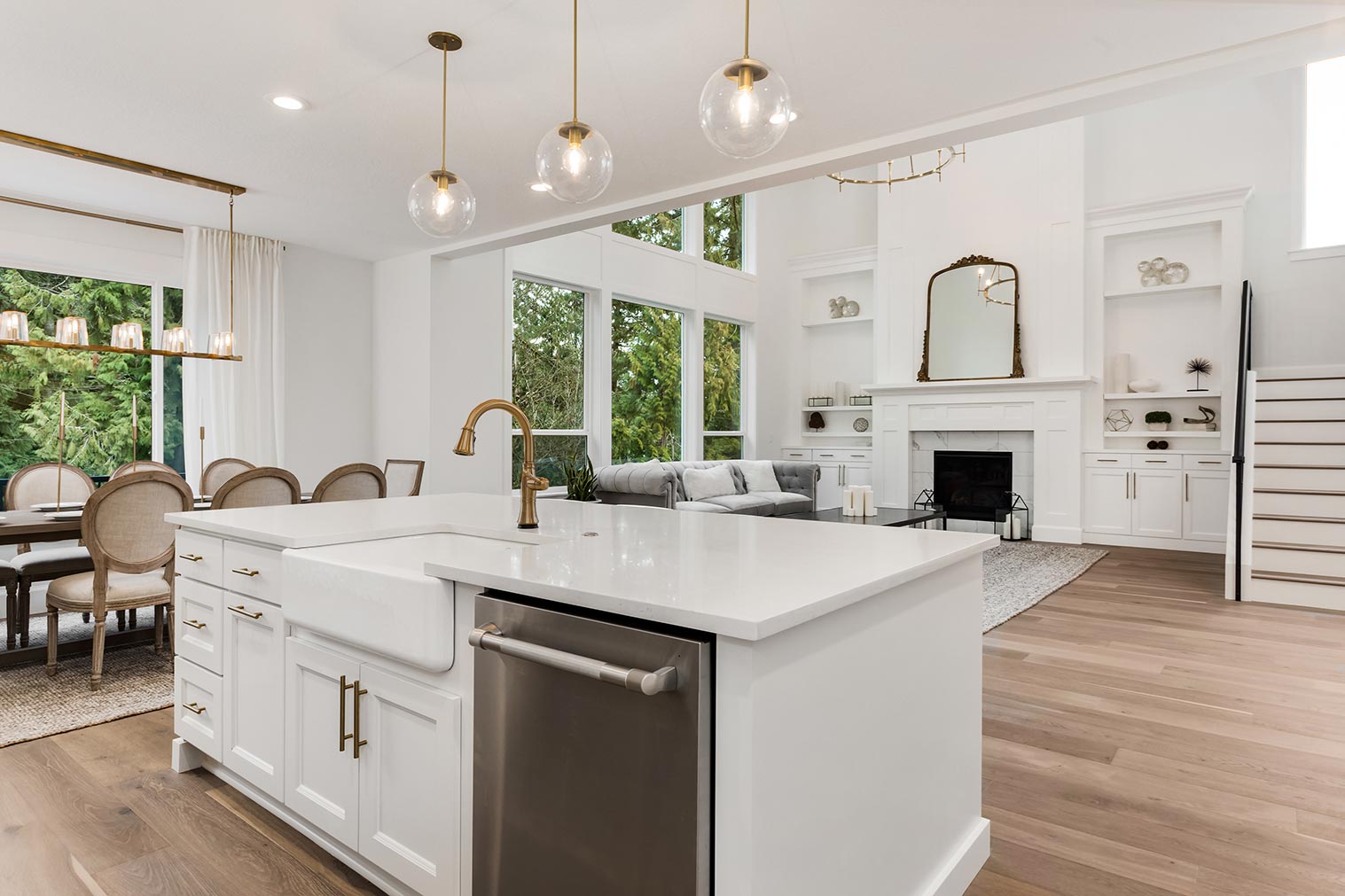
The kitchen countertop is one of the most important features to consider when planning a kitchen remodel. While most homeowners choose to replace their countertops as a part of an overall kitchen remodel, this is not a requirement, and new countertops can be installed on existing cabinets. Choosing the right kitchen countertop material, color and design for your countertop can be tricky, and that is why we will review the different options available as well as explain how countertops are installed. Our goal is to assist you in choosing the best countertop material for your kitchen renovation.

When selecting a kitchen countertop material, consider durability, maintenance, aesthetics, and cost, and consult a general contractor for expert guidance. Durability determines how well the surface will handle daily use, while maintenance involves the level of care required to keep it looking its best. Choose a material that complements your kitchen’s design and fits your budget. Installation complexity and weight might affect costs and practicality, so ensure the material suits your kitchen’s layout. Functionality is crucial—think about how you’ll use the countertop, and consider materials that enhance resale value. If sustainability is a concern, explore eco-friendly options. Ensure the material harmonizes with other kitchen elements like cabinetry and flooring.
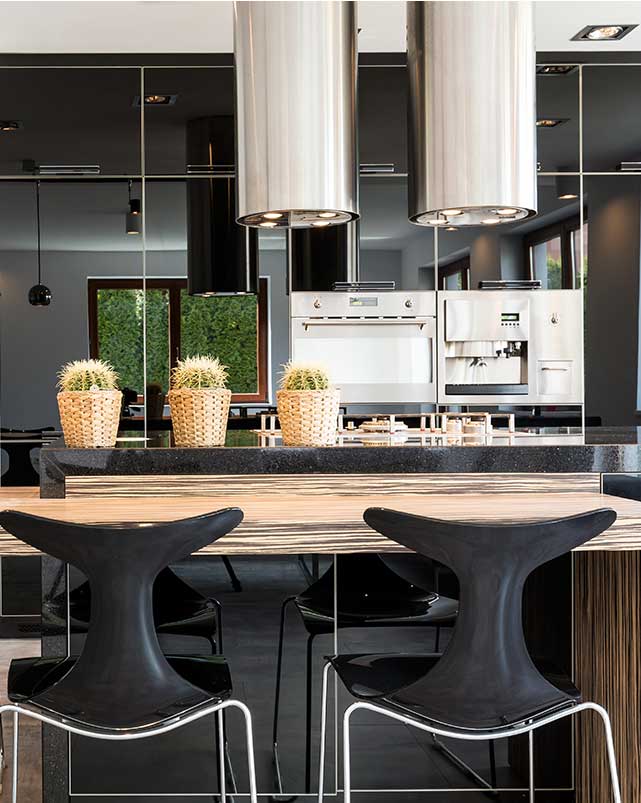
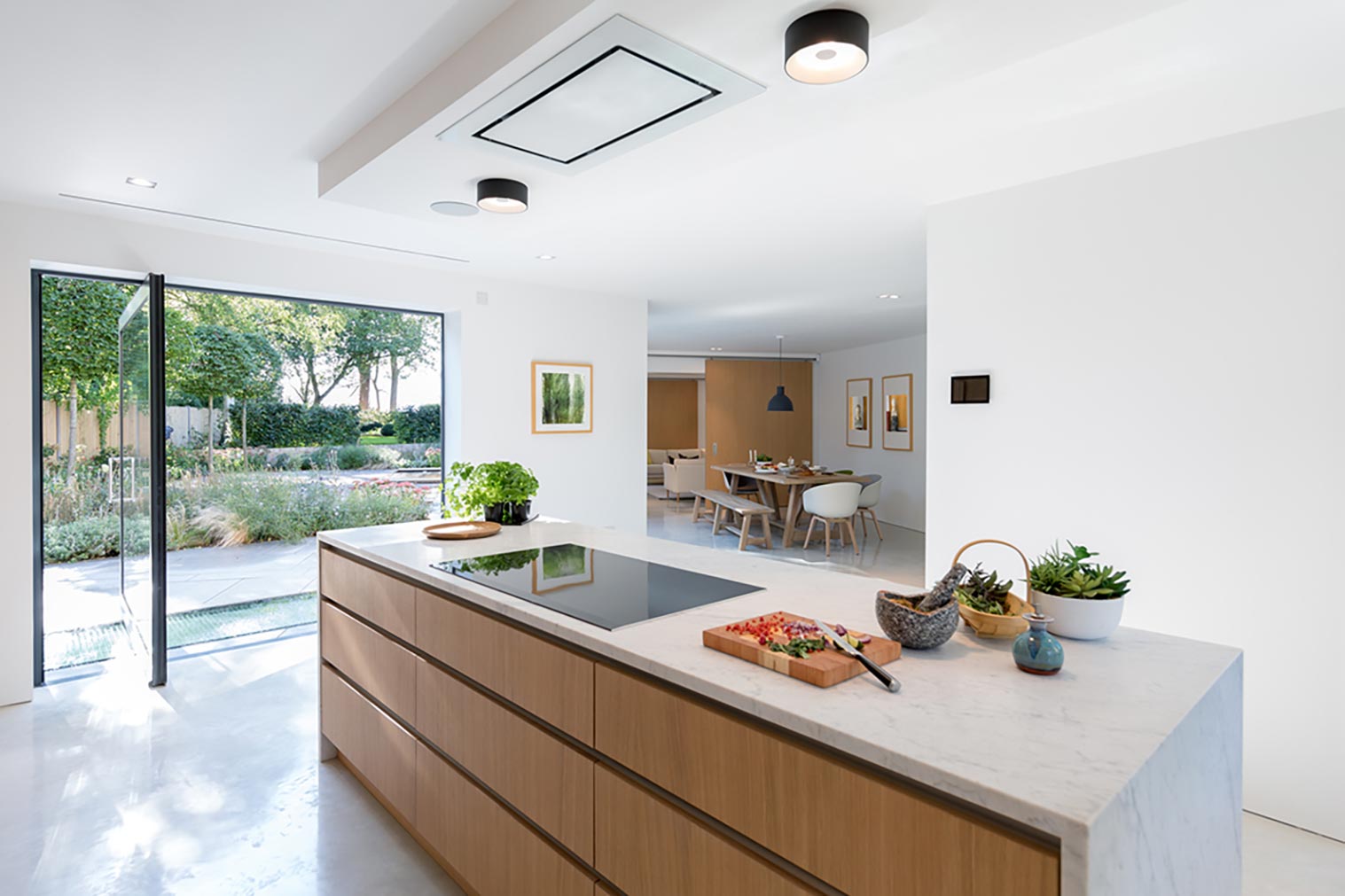
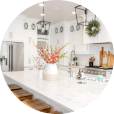

Quartz kitchen countertops are engineered products made from around 90% quartz particles and 10% other materials like acrylic or epoxy binders. Quartz countertops are highly durable and resilient, offering a natural stone look with several advantages over granite and marble.
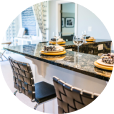

Granite kitchen countertops are an excellent choice for those who prefer natural stone. They bring upscale elegance to any kitchen, available in a variety of colors and often at a more affordable price point compared to some engineered options.
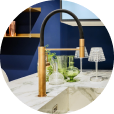

Marble kitchen countertops are renowned for their luxurious appearance and unique veining. Each marble slab is one-of-a-kind, offering a distinctive look for any kitchen. However, marble is generally less durable compared to other stones.
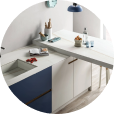

Ceramic tile countertops are known for their durability and affordability. They are suitable for a variety of applications, including backsplashes, islands, and eat-at counters. It’s crucial to use tiles designed for countertops to avoid cracking.
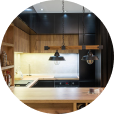

Wooden or butcher block kitchen countertops offer a warm, classic aesthetic and functional workspace. They are available in a variety of wood types, including maple, oak, and walnut.
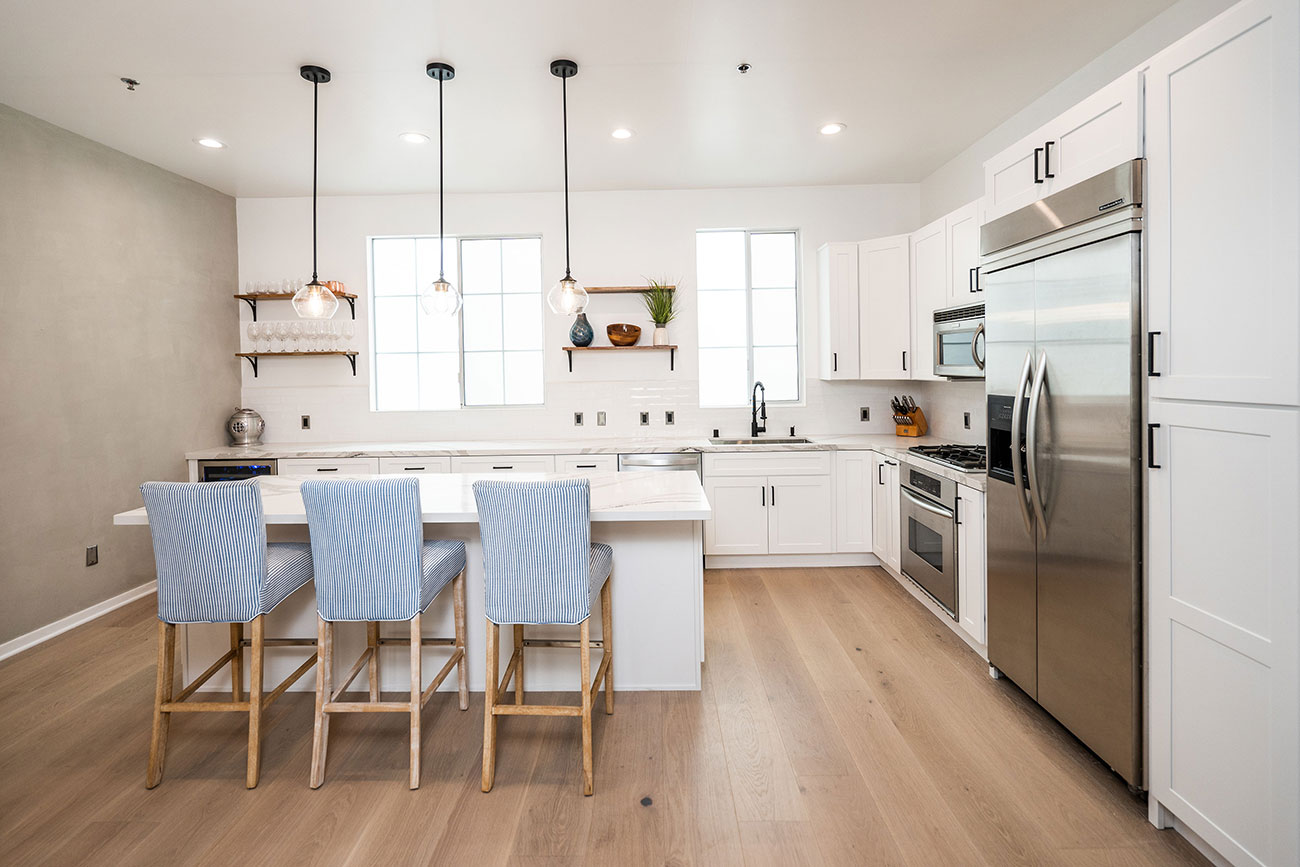

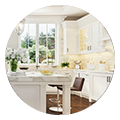
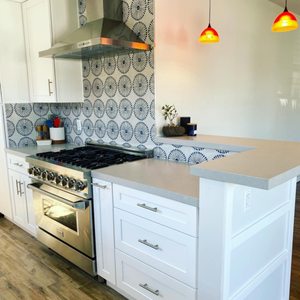

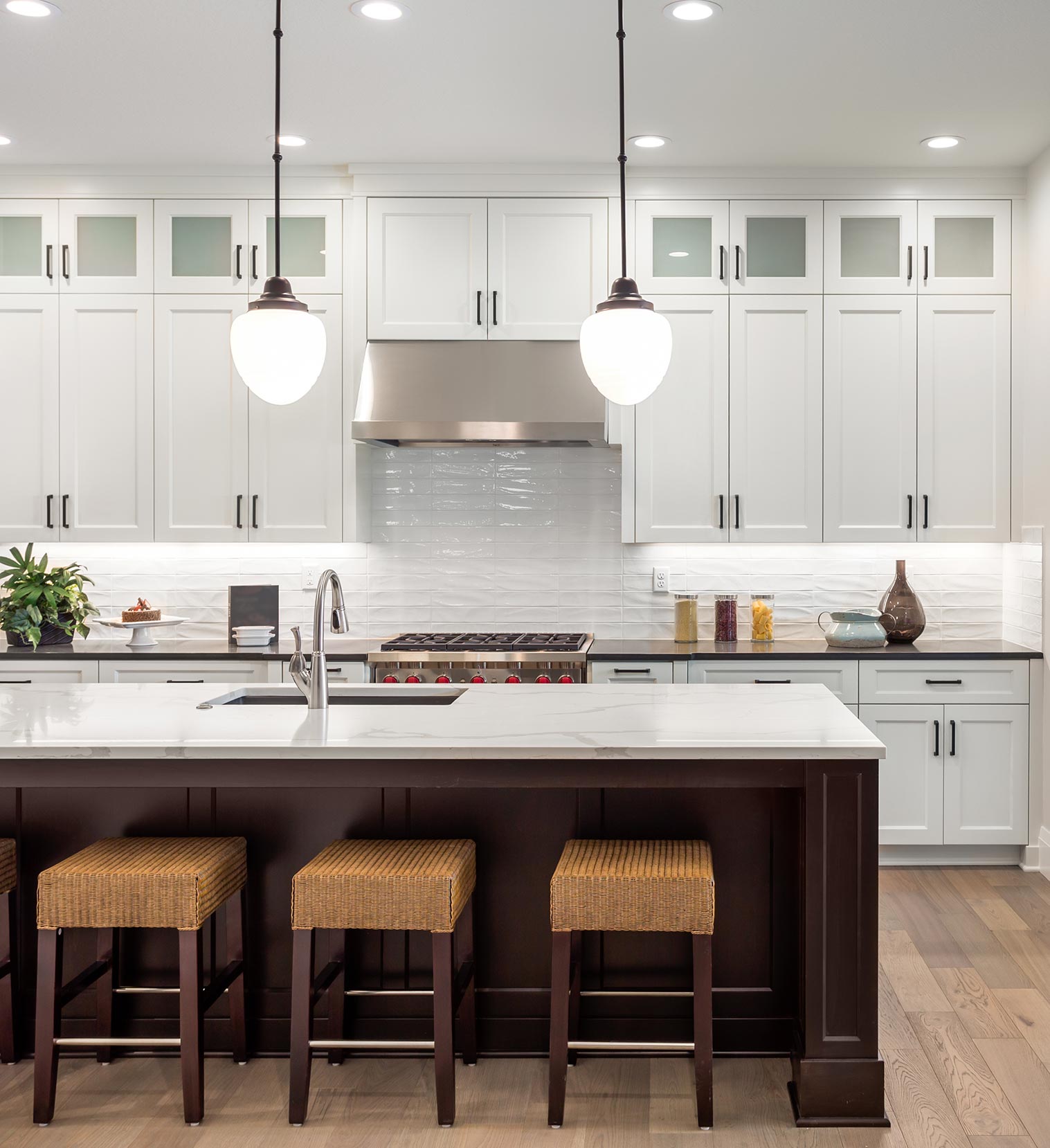
Measurements
In this stage, our crew comes in to measure the area where the countertop will be installed. This step is done through “templating” in which the installer measures the surface area but placing different templates that allow for accurate measurement.
Fabrication
The next step is to start working on your selected countertop material AKA fabrication. It is recommended for you or your kitchen contractor to make sure that your selected countertop slabs and sink are delivered to the fabricator so that there is minimum down time between measurements and start of fabrication.
Installation
The countertop slab has been fabricated and is now ready to be installed. The fabricator will install the countertop slab and sink together. This is done by gluing the pieces of slab onto the plywood that sits on top of the cabinets. The sink goes in first and is placed in its proper place. Once completed, the countertop slab follows and is placed on top of it. Once the sink and countertop slabs are in place, the fabricator will drill holes in the sink area to accommodate a faucet, air gap, soap dispenser, etc. It is recommended to allow the glue 24 hours to harden before scheduling any other type of work.
Choosing the best kitchen countertop color involves matching it with your kitchen’s style, lighting, and existing elements like cabinets and flooring. Opt for lighter colors to brighten a small space or darker shades for a sophisticated look. Consider maintenance needs, test samples in different lighting, and balance current trends with timeless appeal. Ultimately, choose a color that you love and feel comfortable with, ensuring it enhances your kitchen’s overall design.
The cost of countertops can range widely depending on your selected material, square footage of area needing countertop, and the type of installation needed for that material. In Los Angeles, the average cost of a countertop slabs and installation ranges anywhere between $10,000-$20,000, depending on the material and type of fabrication needed.
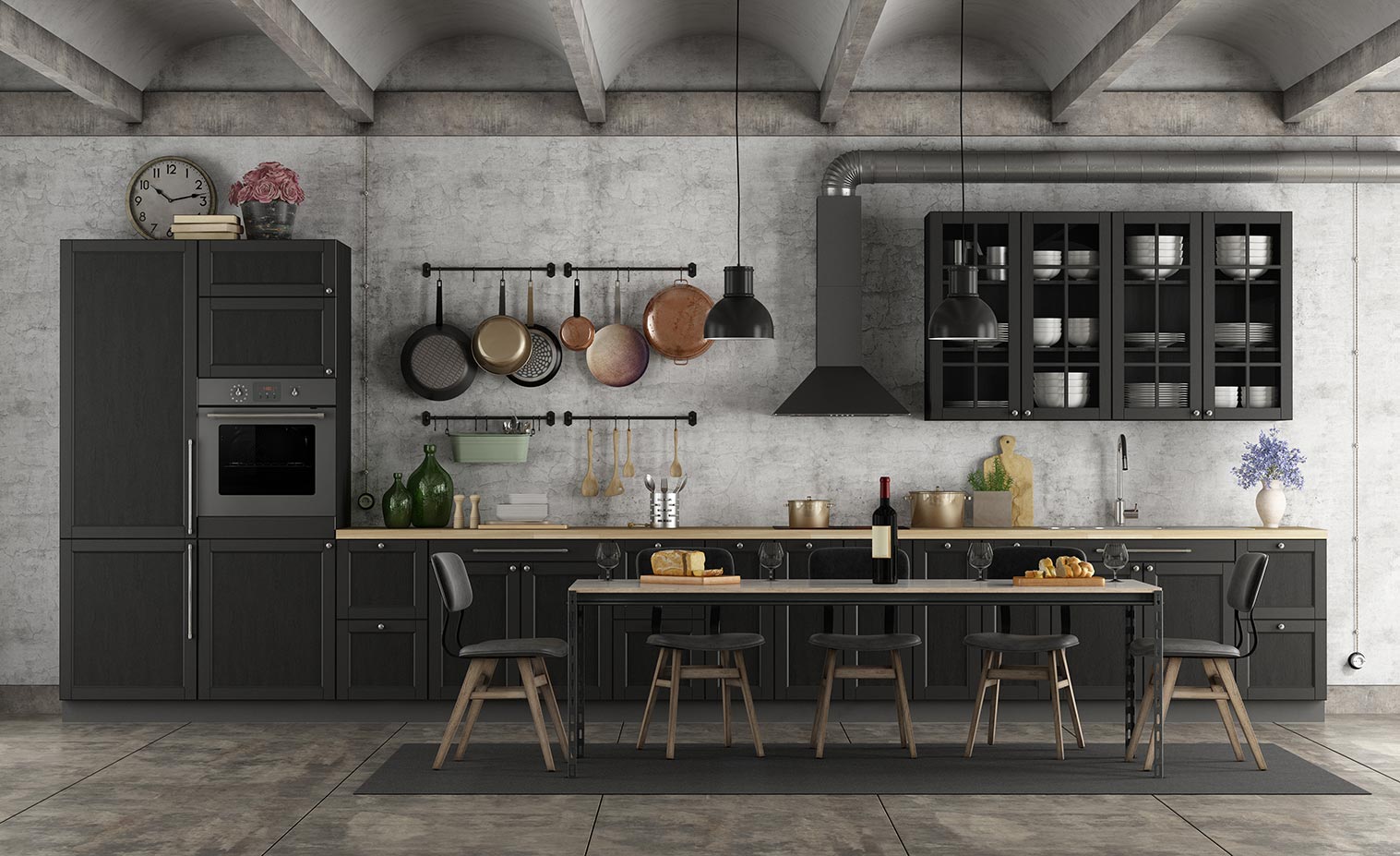 How to Plan a Kitchen Remodel: Cost and Ideas
How to Plan a Kitchen Remodel: Cost and Ideas
As nice as it can be to picture the end results without all the messiness in between, a kitchen remodel is a major (sometimes daunting) project. Before you jump in, it helps to know the basics. From the logistics to the budget to the layout, learn more about how to plan for it all. Renovation…
Continue reading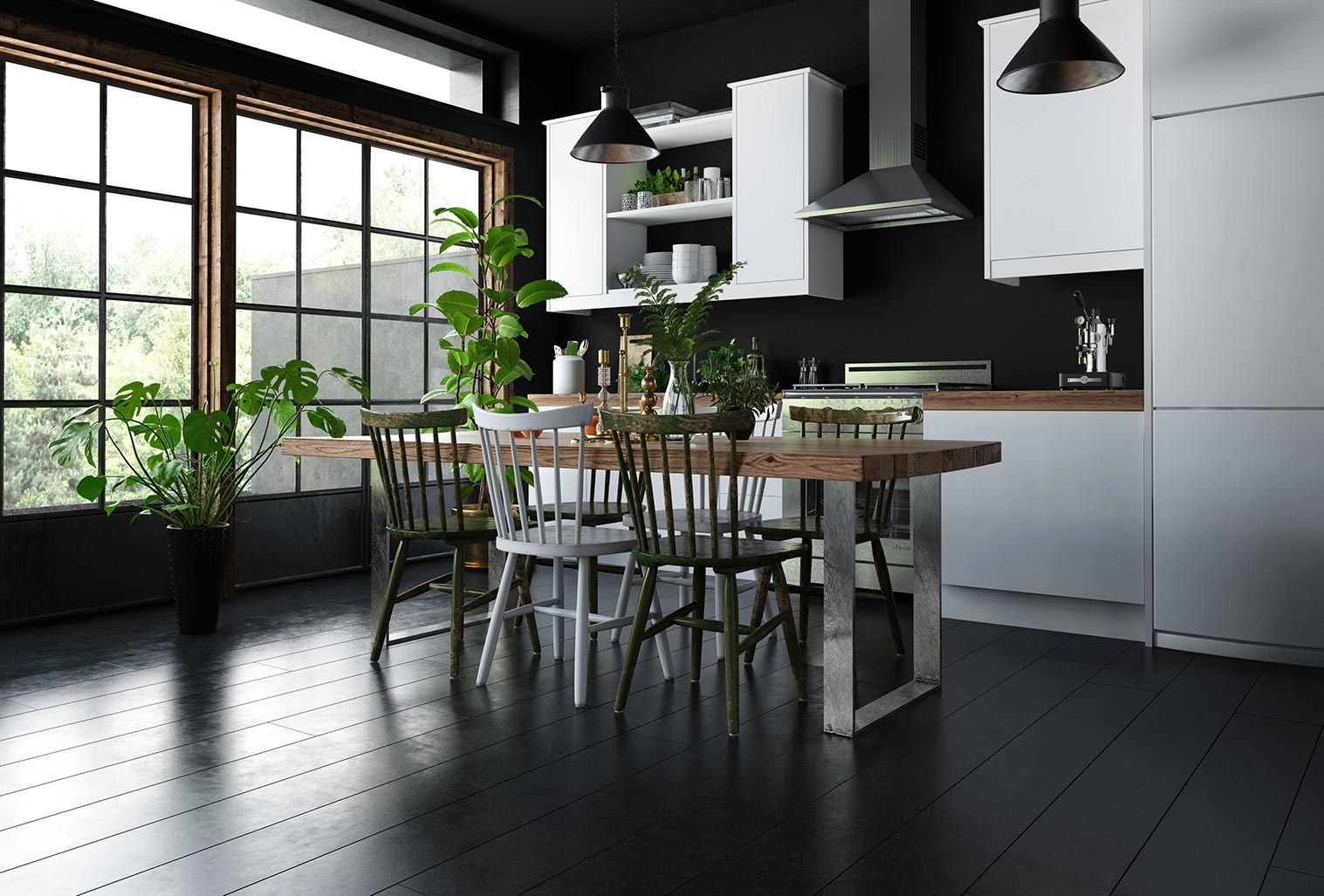 Wow Kitchen Design Ideas
Wow Kitchen Design Ideas
Love your kitchen but hate its design? You’re not alone. Kitchens and baths have always been top-selling points for home buyers looking for the perfect investment. And if these areas are outdated or awkward, most buyers will pass. If it’s time to pump up the pizzazz in the heart of your family’s home, try these…
Continue reading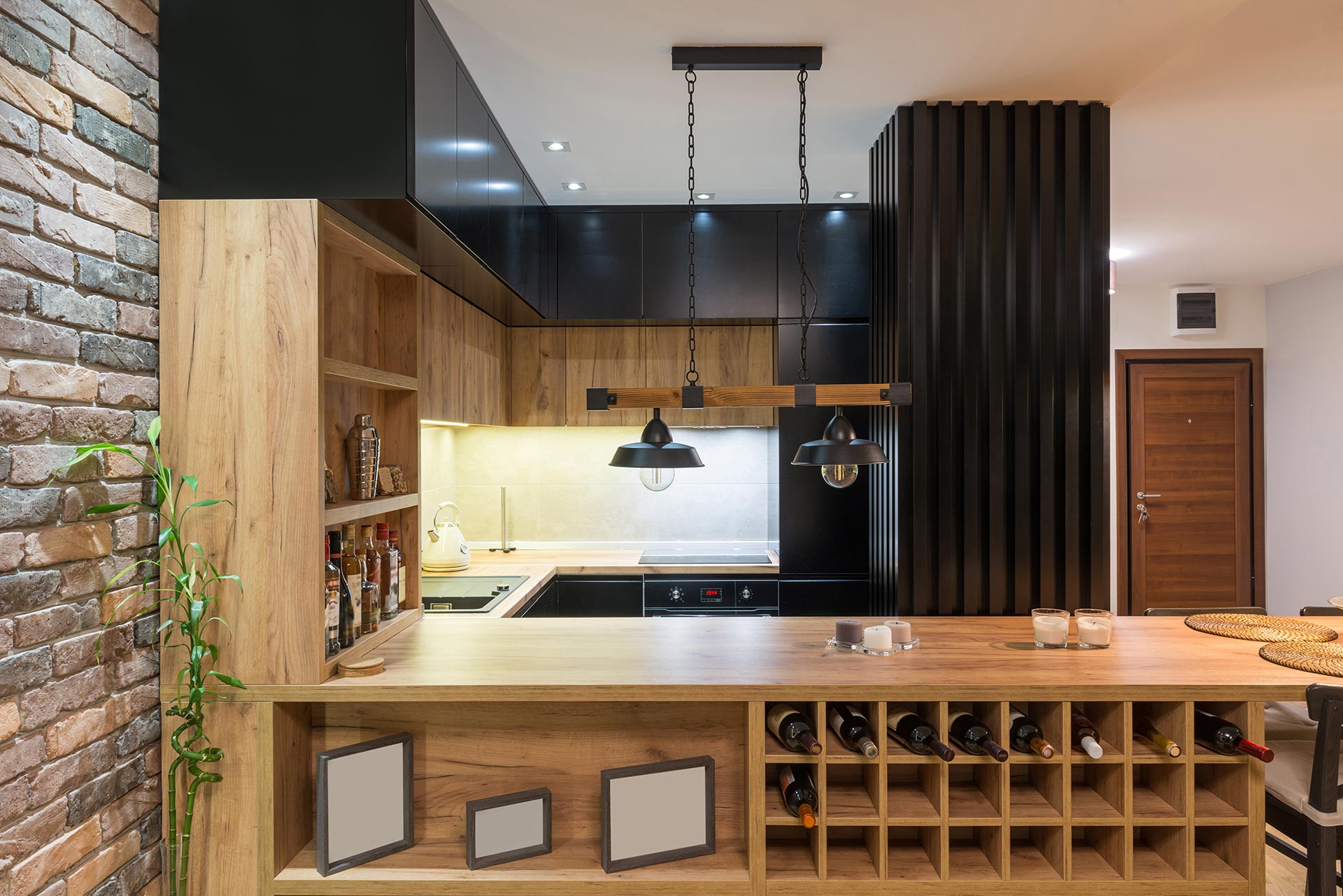 Top 7 Materials for Kitchen Countertops
Top 7 Materials for Kitchen Countertops
Looking to replace your kitchen countertops for a home improvement project? The variety of kitchen countertops available today means you can find one that fits your style, budget, and functional needs. From luxurious natural stones to versatile engineered materials, each type of kitchen countertop has its own set of benefits and drawbacks. Here are seven…
Continue reading